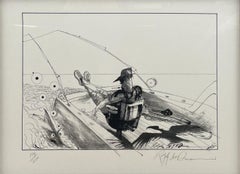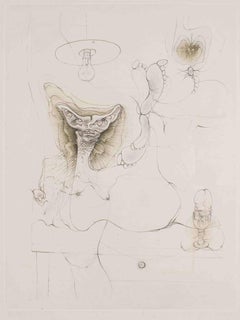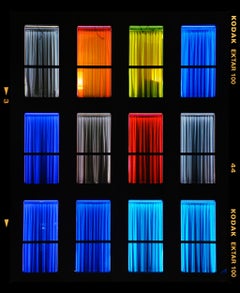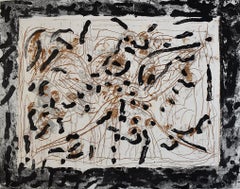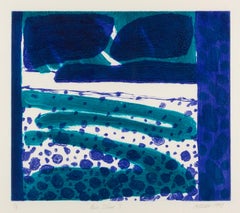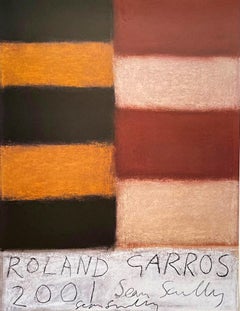Medium More Prints
Early 2000s Surrealist More Prints
Screen
1960s Surrealist More Prints
Paper, Etching
2010s Pop Art Color Photography
Photographic Paper, C Print, Color, Silver Gelatin
1980s More Prints
Etching, Aquatint
Late 20th Century Abstract Prints
C Print
Early 2000s Abstract Abstract Prints
Lithograph, Offset
1970s Photorealist More Prints
Screen
1970s Surrealist More Prints
Etching
Early 2000s Contemporary Color Photography
Photographic Paper, C Print, Color, Silver Gelatin
Early 2000s Surrealist More Prints
Screen
2010s Contemporary More Prints
Lithograph
1970s Street Art Animal Prints
Offset
1970s Abstract Abstract Prints
Etching, Aquatint
1970s Expressionist More Prints
Lithograph
1970s Modern More Prints
Lithograph
2010s Pop Art Color Photography
Photographic Paper, C Print, Color, Silver Gelatin
16th Century Old Masters Landscape Prints
Engraving
1960s Abstract Abstract Prints
Color, Lithograph
Late 20th Century Modern Figurative Prints
Lithograph
20th Century Realist Animal Prints
Etching
21st Century and Contemporary Contemporary More Prints
Lithograph
1970s Abstract Abstract Prints
Lithograph
1970s Modern More Prints
Woodcut
1960s Abstract Expressionist Abstract Prints
Color, Screen
Late 19th Century Post-Impressionist Figurative Prints
Lithograph
21st Century and Contemporary Contemporary Figurative Prints
Paper, Screen
1970s Surrealist More Prints
Etching
1950s Cubist Figurative Prints
Lithograph
1970s Surrealist More Prints
Etching
Mid-20th Century Cubist More Prints
Lithograph
2010s Street Art More Prints
Lenticular
2010s Surrealist Figurative Prints
Cotton, Paper, Screen
2010s Contemporary More Prints
Lithograph
1910s American Realist Portrait Prints
Lithograph
1970s Abstract Expressionist Abstract Prints
Lithograph
1970s Kinetic More Prints
Lithograph
1990s Abstract Abstract Prints
Archival Ink, Archival Paper, Linocut
Early 2000s Contemporary Color Photography
Photographic Paper, C Print, Color, Silver Gelatin
1970s Abstract Expressionist Abstract Prints
Aquatint
Mid-20th Century Modern More Prints
Lithograph
1960s American Modern Animal Prints
Lithograph
1960s Surrealist More Prints
Lithograph
1970s Surrealist More Prints
Etching
1770s Realist Landscape Prints
Paper, Engraving
2010s Contemporary More Prints
Paper, Screen
2010s Pop Art Color Photography
Photographic Paper, C Print, Color, Silver Gelatin
1990s Pop Art Figurative Prints
Lithograph
1970s Realist Landscape Prints
Lithograph
1970s Realist Landscape Prints
Lithograph
2010s Contemporary Color Photography
Photographic Paper, C Print, Color, Silver Gelatin
1990s Art Deco Figurative Prints
Offset
1970s Op Art Abstract Prints
Offset, Lithograph
1990s Impressionist More Prints
Silk, Lithograph
1970s Surrealist Portrait Prints
Lithograph
1950s American Modern Portrait Prints
Offset
1910s American Realist Portrait Prints
Lithograph
2010s Pop Art Color Photography
Photographic Paper, C Print, Color, Silver Gelatin
1960s Surrealist More Prints
Lithograph
1970s Abstract Geometric Abstract Prints
Lithograph
1980s Pop Art Color Photography
Photographic Paper, C Print, Color, Silver Gelatin
